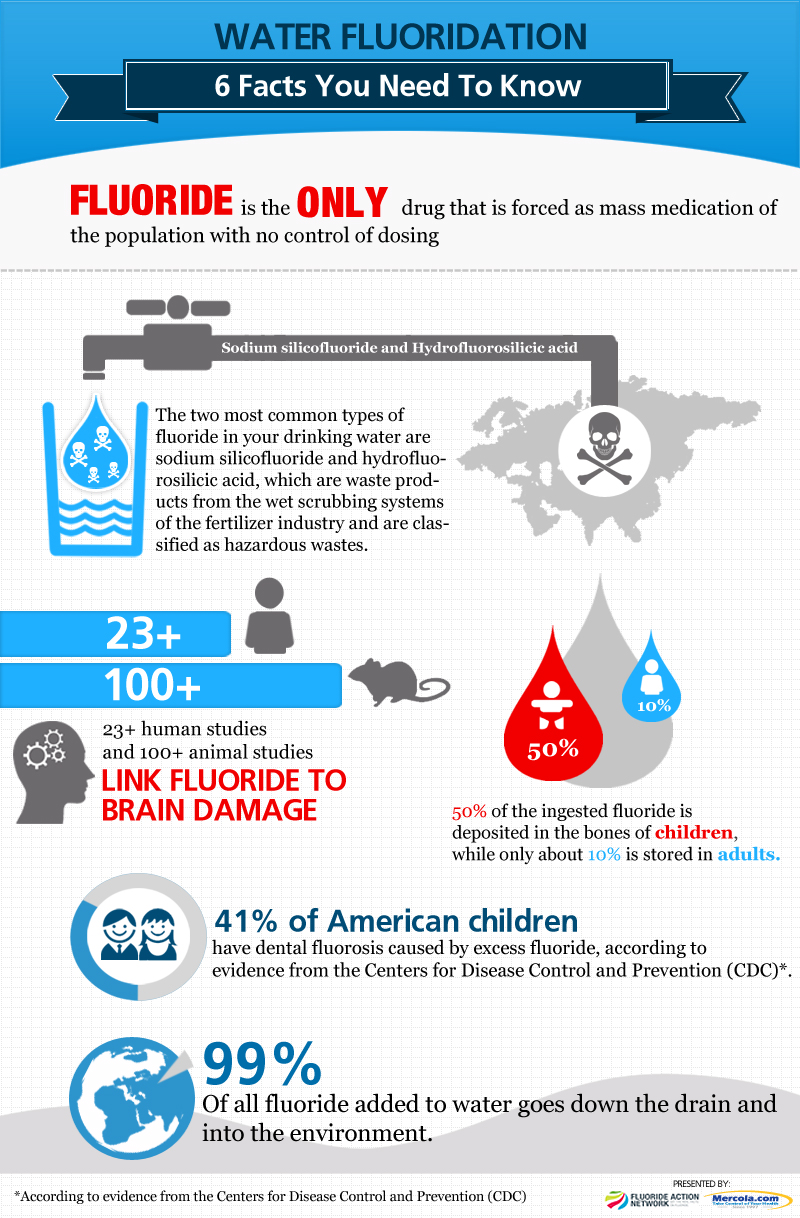While we may consider ourselves to be at the pinnacle of human development, our modern food manufacturing processes have utterly failed at improving health and increasing longevity.
During the Paleolithic period, many thousands of years ago, our ancestors ate primarily vegetables, fruit, nuts, roots and meat—and a wide variety of it. This diet was high in fats and protein, and low in grain- and sugar-derived carbohydrates.
The average person’s diet today, on the other hand, is the complete opposite, and the average person’s health is a testament of what happens when you adhere to a faulty diet. Humans today suffer more chronic and debilitating diseases than ever before.
And there can be little doubt that our food choices play a major role in this development. Quite simply, you were not designed to eat large amounts of refined sugar, high fructose corn syrup, cereal, bread, potatoes and pasteurized milk products.
As Mark Sisson states in the featured article1:
“If you want to live a better life and eat the best foods nature provided for health and fitness, then it’s time to ditch the old paradigms and climb on to the primal approach to eating better.”
Is Glucose Really Your Body’s Preferred Fuel?
The notion that glucose is the preferred fuel for your body is a pervasive one. Everyone from diabetics to top athletes are advised to make sure they eat “enough” carbs to keep their systems from crashing. This is unfortunate, as this misguided advice is at the very heart of many of our current health failures.
As Mark so succinctly spells out in his article, FAT is actually the preferred fuel of human metabolism, and this can be traced back to our evolutionary roots.
Historically speaking, carbohydrate intake has always been quite low. Likewise, the diseases we now know are associated with insulin resistance—which is primarily caused by excess consumption of refined carbs—have been quite rare.
The evidence is both clear and overwhelming: Carbohydrate intake is the primary factor that determines your body’s fat ratio, and processed grains and sugars (particularly fructose) are the primary culprits behind our skyrocketing obesity and diabetes rates.
“It follows logically that if you can limit carb intake to a range of which is absolutely necessary (and even up to 50 grams a day over) and make the difference up with tasty fats and protein, you can literally reprogram your genes back to the evolutionary-based factory setting you had at birth – the setting that offered you the opportunity to start life as a truly efficient fat-burning organism and to continue to do so for the rest of your life as long as you send the right signals to your genes,” Mark writes.
Why the Low-Carb/High-Fat Diet Works for Weight Loss
Switching from a carb-based diet to a fat- and protein-based diet will help rebalance your body’s chemistry, and a natural side effect of this is weight loss, and/or improved weight management once you’re at an ideal weight. One explanation for this is that you don’t really get fat from eating too much and exercising too little. Nor do you get fat from eating fat. One researcher that has clearly established this is Dr. Richard Johnson, whose latest book, The Fat Switch, dispels many of the most pervasive myths relating to diet and obesity.
Dr. Johnson discovered the method that animals use to gain fat prior to times of food scarcity, which turned out to be a powerful adaptive benefit. His research showed that fructose activates a key enzyme, fructokinase, which in turn activates another enzyme that causes cells to accumulate fat. When this enzyme is blocked, fat cannot be stored in the cell. Interestingly, this is the exact same “switch” animals use to fatten up in the fall and to burn fat during the winter. Fructose is the dietary ingredient that turns on this “switch,” causing cells to accumulate fat, both in animals and in humans.
In essence, overeating and excess weight could be viewed as a symptom of an improper diet. It’s not necessarily the result of eating too many calories, per se, but rather getting your calories from the wrong sources. In simple terms, when you consume too many sugars and carbs, you set off a cascade of chemical reactions in your body that makes you hungry and craving for sweets:
First, fructose is metabolized differently from glucose, with the majority being turned directly into fat because fructose stimulates a powerful “fat switch.”
This rapidly leads to weight gain and abdominal obesity (“beer belly”), decreased HDL, increased LDL, elevated triglycerides, elevated blood sugar, and high blood pressure—i.e., classic metabolic syndrome.
Dietary carbohydrates, especially fructose, are also the primary source of a substance called glycerol-3-phosphate (g-3-p), which causes fat to become fixed in fat tissue
At the same time, high carb intake raises your insulin levels, which prevents fat from being released
Fructose further tricks your body into gaining weight by turning off your body’s appetite-control system. Fructose does not suppress ghrelin (the “hunger hormone”) and doesn’t stimulate leptin (the “satiety hormone”), which together result in feeling hungry all the time, even though you’ve eaten. As a result, you overeat and develop insulin resistance, which is not only an underlying factor of type 2 diabetes, heart disease, and a long list of other chronic diseases
The resulting equation is simple: fructose and dietary carbohydrates (grains, which break down into sugar) lead to excess body fat, obesity and related health issues. Furthermore, no amount of exercise can compensate for this damage because if you eat excessive fructose and grains—the primary ingredients NOT found in our ancestral diet—it will activate programming to cause your body to become, and remain, fat.
How Much Glucose or Carbs Do You Really Need?
The debate about whether or not you really need glucose, and if so, how much, is by no means settled. Earlier this year, I ran a series of articles featuring the back-and-forth discussion between two well-researched experts on this topic, Dr. Jaminet and Dr. Rosedale.
Dr. Jaminet is a proponent of so-called “safe starches,” and is of the conviction that depleting your glycogen store can stress other systems to provide the glucose your body requires to perform. Dr. Rosedale, on the other hand, points out that because glucose consumption will undoubtedly spike blood glucose levels and increase insulin and leptin, promoting resistance, glucose consumption is always associated with some incremental degree of damage and/or increased risk of mortality. His diet is subsequently extremely carb-restrictive.
Yet another diet similar to Drs. Jaminet and Rosedale’s is the GAPS diet, created by Dr. Natasha Campbell-McBride, which is specifically designed to help “heal and seal” your gut. As such, it primarily consists of easily digestible, lightly cooked foods that are high in protein, fats, and fermented foods, and low in fiber and carbs.
Mark Sisson also adds valuable insight to this discussion2:
“At any one time, the total amount of glucose dissolved in the bloodstream of a healthy non-diabetic is equivalent to only a teaspoon (maybe 5 grams). Much more than that is toxic; much less than that and you pass out. That’s not much range for a so-called ‘preferred’ fuel, is it?
Several studies have shown that under normal low MET conditions (at rest or low-to mid- levels of activity such as walking and easy work) the body only needs about 5 grams of glucose an hour. And that’s for people who aren’t yet fat-adapted or keto-adapted. The brain is the major consumer of glucose, needing maybe 120 grams a day in people who aren’t yet on a low carb eating program.
Low carb eating reduces the brain’s glucose requirements considerably, and those who are very low carb (VLC) and keto-adapted may only require about 30 grams of glucose per day to fuel the brain… Twenty of those grams can come from glycerol (a byproduct of fat metabolism) and the balance from gluconeogenesis in the liver (which can actually make up to a whopping 150 grams a day if you haven’t metabolically damaged it with NAFLD through fructose overdosing).
Bottom line, unless you are a physical laborer or are training (exercising) hard on a daily basis, once you become fat-adapted, you probably don’t ever need to consume more than 150 grams of dietary carbs – and you can probably thrive on far less. Many Pbers [Mark’s diet, Primal Blueprint] do very well (including working out) on 30-70 grams a day.” [Emphasis mine]
Key Point: Replace Carbs with Healthful Fats
As I see it, this is really a non-issue for most people as few people anywhere near Dr. Jaminet’s recommendation of cutting carbs from the standard 50 percent down to 20-30 percent of total calories. However, if you’ve already begun to seriously address your carb intake then you may want to experiment with various amounts of “safe carbs” like rice and potatoes. As Mark describes, the actual amount of carbs could vary anywhere from 30 to 150 grams a day, depending on whether your body has adapted to burning ketones and your level of exercise.
Keep in mind that when we’re talking about harmful carbs, we’re only referring to grains and sugars, NOT vegetable carbs.
When you cut grain/sugar carbs you actually need to radically increase the amount of vegetables you eat since, by volume, the grains you need to trade out are denser than vegetables. You also need to dramatically increase healthful fats such as avocados, coconut oil, egg yolks, raw grass fed organic butter, olives and nuts.
You would not want to use highly processed and genetically engineered omega-6 oils like corn, canola and soy as they will upset your omega 6/3 ratio. Of course you want to avoid all trans fats, but contrary to popular advice, saturated fats are a key component of a healthy diet that will promote weight loss.
A reasonable goal will be to have as much as 50-70 percent of your diet as healthy fat, which will radically reduce your carbohydrate intake. It can be helpful to remember that fat is far more satiating than carbs, so if you have cut down on carbs and feel ravenous, this is a sign that you have not replaced them with sufficient amounts of healthy fat. Sources of healthy fats that you’ll want to add to your diet include:
Olives and Olive oil (for cold dishes) Coconuts, and coconut oil (for all types of cooking and baking) Butter made from raw grass-fed organic milk
Raw Nuts, such as, almonds or pecans Organic pastured egg yolks Avocados
Pasture finished meats Palm oil Unheated organic nut oils
Most people will likely notice massive improvement in their health by following this approach as they are presently consuming FAR more grain and bean carbohydrates in their diet, and any reduction will be a step in the right direction. To help you get started on the right track, review my Nutritional Plan, which guides you through these dietary changes one step at a time.
Recent Research Confirms Benefits of Low-Carb/High-Fat Diet
Conventional advice has focused on low-fat diets for weight loss and heart disease prevention, but again and again, studies demonstrate that this advice is diametrically opposed to reality… In one such study, researchers at Johns Hopkins University School of Medicine’s Heart and Vascular Institute compared the effects of two diets on vascular health; one low in fat, the other low in carbs. The study in question was presented at this year’s meeting of the American College of Sports Medicine in Denver, on June 33.
The study included a total of 46 men and women weighing on average 218 pounds. The six-month long weight loss program consisted of moderate aerobic exercise and strength training, and one of two diets, either:
Low-carb, high-fat: Less than 30 percent of calories from carbs (pastas, breads and sugary fruits), and up to 40 percent from fats (meat, dairy products, and nuts)
Low-fat, high-carb diet: Less than 30 percent of calories from fat, and 55 percent from carbs
The low-carb group on average shed 10 pounds in 45 days, while the low-fat group took 70 days to lose the same amount of weight. In terms of vascular health, the low-carb, high-fat dieters showed no harmful vascular changes, which is the primary reason for why so many are afraid of high-fat diets.
According to the lead investigator, professor of medicine and director of clinical and research exercise physiology, Kerry Stewart, Ed.D:
“Our study should help allay the concerns that many people who need to lose weight have about choosing a low-carb diet instead of a low-fat one, and provide re-assurance that both types of diet are effective at weight loss and that a low-carb approach does not seem to pose any immediate risk to vascular health. More people should be considering a low-carb diet as a good option.”
Stewart also believes that the emphasis on low-fat diets has likely contributed to the obesity epidemic in the US by promoting overconsumption of sugars and grains. I couldn’t agree more. The simple reason for this is that grains and sugars raise your insulin levels, which causes insulin resistance and, ultimately, weight gain, diabetes, and heart disease.
Listen to Your Body
The evidence is quite clear that chronically raising your blood glucose through consumption of grains and sugars will increase your insulin resistance, which in turn will increase insulin and leptin resistance. And avoiding insulin and leptin resistance is perhaps the single most important factors if you seek optimal health and longevity.
That said, the degree to which you choose to reduce carbs however is, ultimately, up to you. And certain individual biochemical differences can make one diet more beneficial for you than others. The key point is to be aware that consuming sugar, grains and starches will promote insulin resistance to some degree or other, depending on the amount you consume.
As always, remember to listen to your body as it will give you feedback if what you are doing is right for your unique biochemistry and genetics. So listen to that feedback and adjust your program accordingly.






